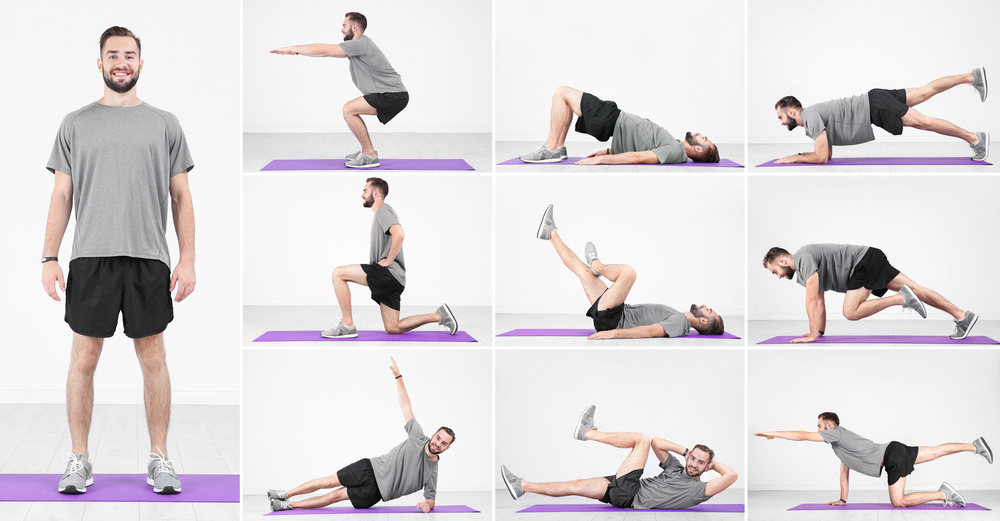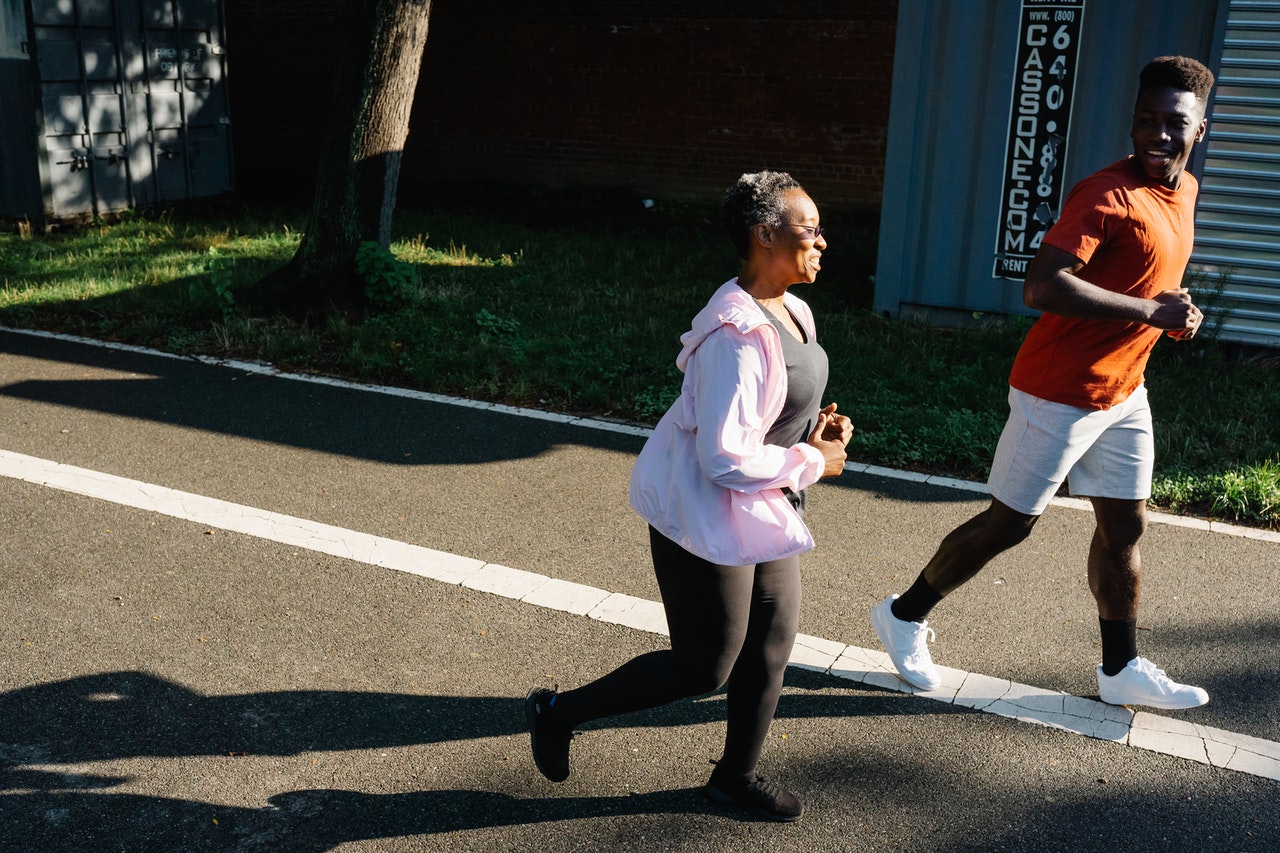Tone Your Core with These Exercises


The core is the part of the human body located between the pelvic floor and diaphragm. It consists of the muscles surrounding your trunk and provides stability to the trunk for balance, posture, and daily movements like lifting, standing, sitting, twisting, and bending. A strong core will help to enhance your sports performance while helping to avoid issues like lower back pain.
According to the Mayo Clinic, core exercises train the muscles in your pelvis, lower back, hips, and abdomen to work in harmony. This strength will keep you from injury as the center musculature of your body is important in protecting your major organs in this area. A stronger core will also make it easier to perform most types of movement involved in your daily life. (1)
What are the signs of a weak core?
Even if you work out and think you are fit, you may be surprised to know that your core could use some strengthening.
Here are some common signs recognized by physical therapists indicating you might have a weak core:
- Lower back pain
- Poor Posture
- Bad Balance
- Low Endurance for Standing
- Shortness of Breath
- Weakness of the Body
Most coaches suggest starting with positions for beginners. These are easier to do and less stressful on your body, especially if you have not done any fitness for core toning or yoga. If you are not familiar with these descriptions, find instructional videos such as this one:
“Building a strong core is all about keeping still, not doing hundreds of abdominal curl repetitions,” says Richard Tidmarsh, strength and conditioning coach at Reach Fitness. “These exercises will create the foundation of a strong core, teaching you to keep your hips aligned and how to control your posture.” (2)
For the core exercises presented here, you do not need any special equipment or expensive gym memberships. These exercises can all be done at home on your own schedule. Invest in a yoga mat to make yourself more comfortable and keep you from slipping while you work out.
Beginner Core Exercises
Choose three or four of these positions. Hold each one for 30 seconds, rest for 10 seconds, and proceed to the next position. After you have done each one, rest for a minute then repeat the same routine for 5 repetitions. If you tire or feel pain, hold for less or stop and rest.
- Bridge: Lie on your back, with your legs bent to 90 degrees, your feet flat on the floor. Slowly raise your butt to form a bridge. Lower back down one vertebra at a time.
- Forearm Plank:The plank involves minimal movement but maximal effort, requiring you to support your body on your forearms and toes while holding your body in a straight line from your shoulders to your ankles. You can make it easier by resting on your knees, or harder by extending your arms so you are supported by your hands.
- Side Plank:The side plank works your obliques and the little-known quadratus lumborum, which is part of the posterior abdominal wall and a key muscle when it comes to avoiding lower back pain. Rest on your forearm, stack your feet, keep your body at a right angle to the floor in a straight line.
- Dead bug:Lie on your back with your arms extended straight up towards the ceiling and your legs raised with your knees bent at 90 degrees. Slowly lower your right arm and left leg at the same time until they are hovering just above the floor, then return to the starting position. Alternate sides.
- Leg Raises: Leg raises hit the lower abs hard, as well as improving the flexibility of your hips and lower back. Lie on your back, raise both legs to 90 degrees, slowly lower back down.
- Flutter Kick: Lie on your back with legs and shoulders raised slightly off the floor, arms at your sides. Move your legs by alternating kicks.
- Bird Dog: Also known as the quadruped exercise. This simple exercise improves your balance and coordination as well as your core strength. Get on all fours, place your hands under your shoulders and your knees under your hips, extend one arm and the opposite leg out straight keeping the back level. Alternate sides.
- Boat: Sit on the floor with your knees bent. Lean back slightly, keeping your back straight, and hold your arms out in front of you as you raise your feet off the ground with your legs together. Extend your legs so they are straight and your body forms a V shape.
Intermediate Core Exercises
By adding movement to your controlled core positions, you intensify the workout while continuing to build core strength. Follow the above routine for each position and repeat for 3 repetitions.
- Metronome: Also known as the windshield wiper. Start in the Leg Raise position, rotate legs from side to side all the way to the floor keeping legs together. If this is too hard, bend your knees and rotate from side to side.
- Bird Dog with Knee/Elbow Touches: Instead of bringing hands and knees back to the floor, touch them together then extend them straight out again alternating sides.
- Plank with March: While in plank position, alternate lifting left foot then right foot.
- Side Plank with Hip Dip: While in the side plank position, dip your hip down until it almost touches the floor then raise it again. Repeat on the alternate side.
Advanced Core Exercises
You can continue to increase the difficulty of your positions by holding them longer or increasing the number of repetitions.
Maintaining a strong core is not only good for the strength of your body, balance, and posture but will help if you have lower back pain. These exercises may even help you lose weight. Remember, go slow and advance at a pace that feels good. You will eventually notice an increase in ease of movement and a decrease in your lower back pain unless you have other lower back issues. Always check with your healthcare provider if your discomfort does not get better or if you have increased pain.
Sources
- https://www.mayoclinic.org/healthy-lifestyle/fitness/in-depth/core-exercises/art-20044751
- https://r4reach.com/personal-training/









